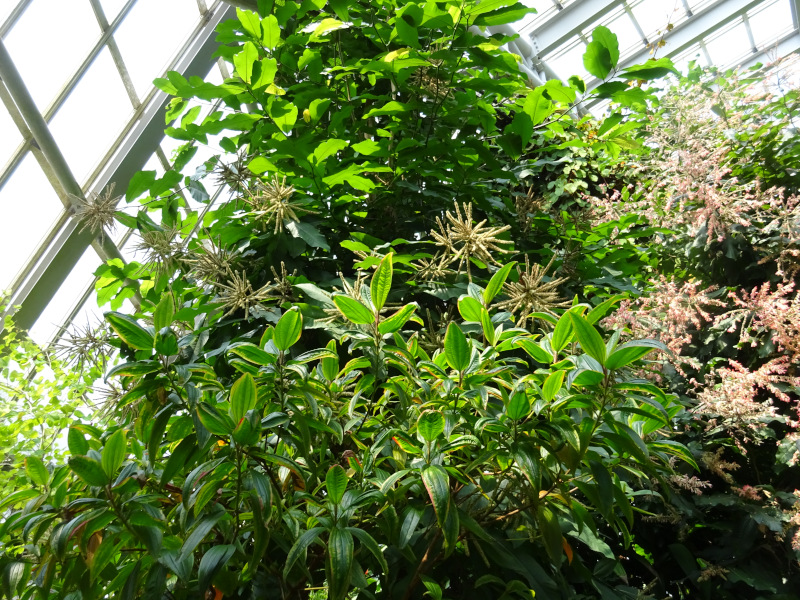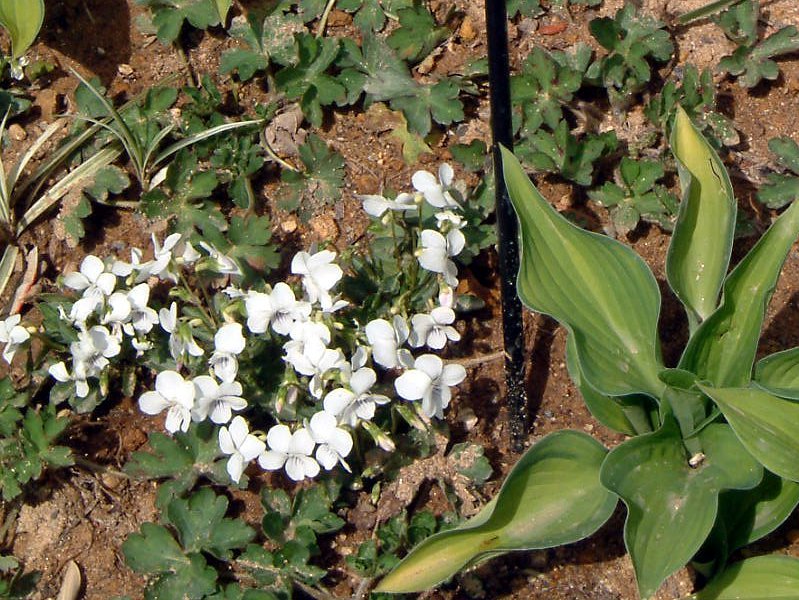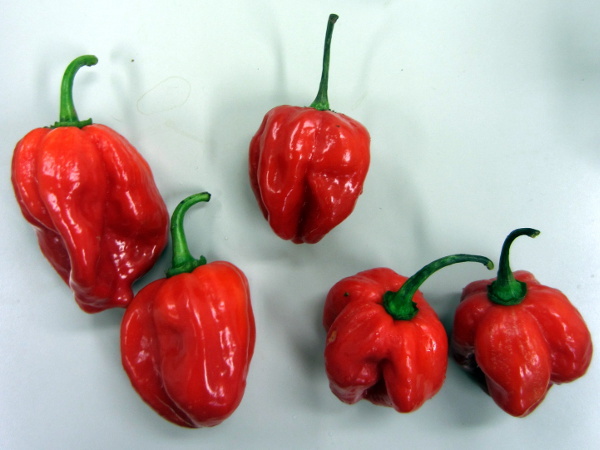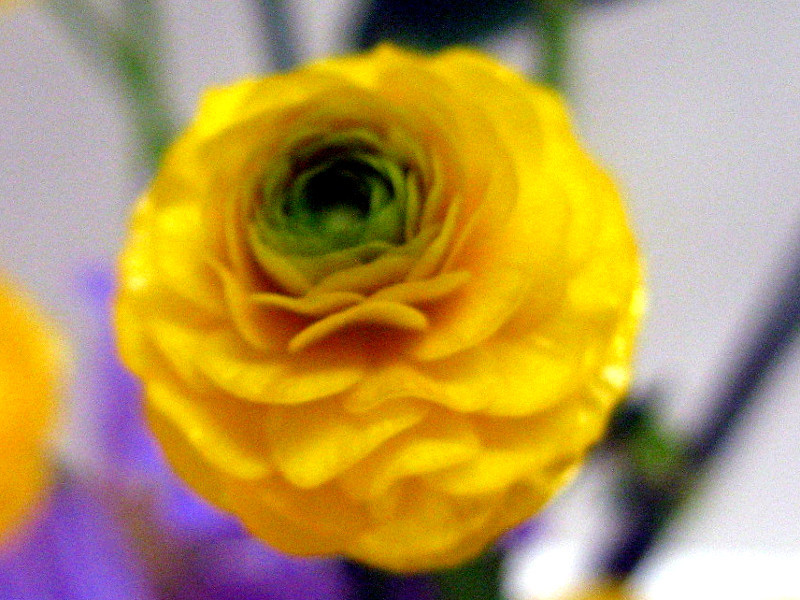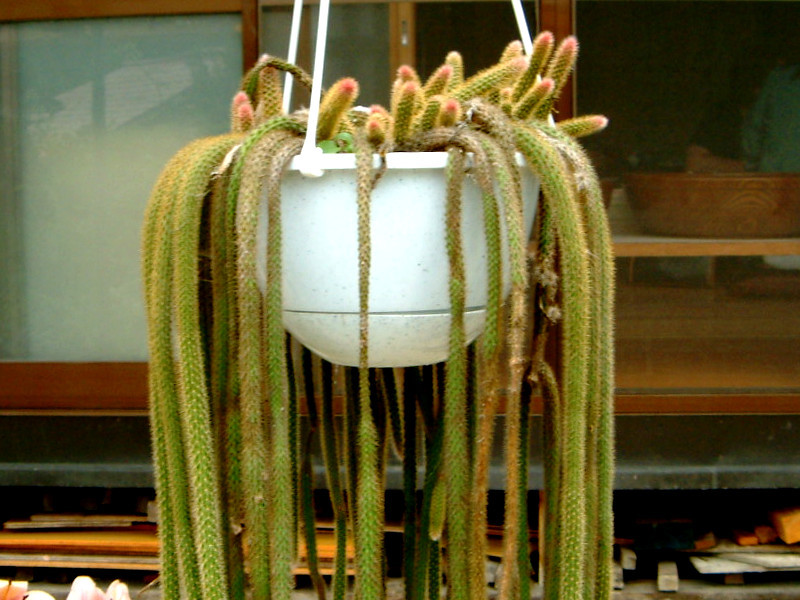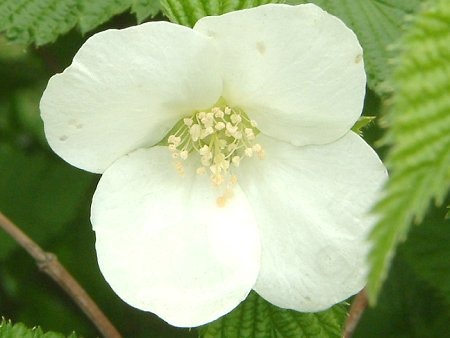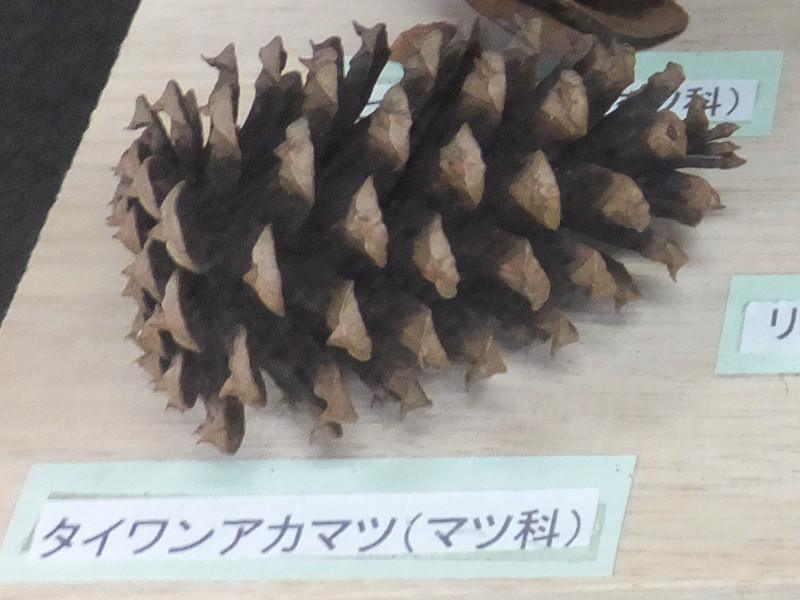Triplaris cumingiana
- Flower nameTriplaris cumingiana
- Scientific nameTriplaris cumingiana
- AliasAnt tree, Long John, Mulato tree
- Place of origin Costa Rica and Ecuador in tropical America
- Place of floweringGreenhouse, Botanical Gardens, Overseas, Park, Subtropical region, Streets, Planting, Specific area
- Flowering seasonJanuary, February, March, December
What is Triplaris cumingiana
Triplaris cumingiana, Ant tree, Long John, Mulato tree(Triplaris cumingiana) is a tall evergreen tree of the genus Triplaris of the family Polygonaceae, native to Costa Rica and Ecuador in tropical America. It is called 'ant tree' in Japanese because ants (Pseudomyrmex triplaridis) live symbiotically in the hollows of its trunk and branches. However, another species of the same genus, Triplaris americana, is also called "ant tree. Triplaris cuminiana provides shelter and food for the ants, who then protect the tree by repelling foreign enemies.
The tree is 10 to 20 meters tall with a thick, sturdy, grayish-white trunk. The petiole ends in a clump of alternate, sharply pointed, oblong-oval leaves about 15 cm long. It is dioecious. The male plants have small white flowers and the female plants have three red winged sepals among six flower petals that look like flowers. The fruit after the flowers is a winged fruit.
Origin of the name
The genus name "Triplaris" means "triplicate," referring to the fact that the number of flower petals is six, the number of stamens is nine, and the number of flower columns is three, all of which are triplicates.
The species name"cumingiana" is a dedication to the English botanist Dr. Hugh Cuming.
Common name: Triplaris cumingiana, scientific name: Triplaris cumingiana,AKA: Ant tree, Long John, Mulato tree, life form: evergreen tree, height: 10 m to 20 m, trunk: grayish white, petiole: yes, leaf shape: oblong Petiole: yes; Leaf shape: oblong-oval, acute; Leaf length: 15 cm; Phyllotaxis: alternate, dioecious; Flowering season: December to March; Petiole: 6, of which 3 are winged; Inflorescence: raceme; Male flowers: small white flowers; Female flowers: 3 red winged sepals that look like flowers; Fruit: winged fruit; Special note: ant plant; Uses: park tree, roadside tree, building material, furniture material.


